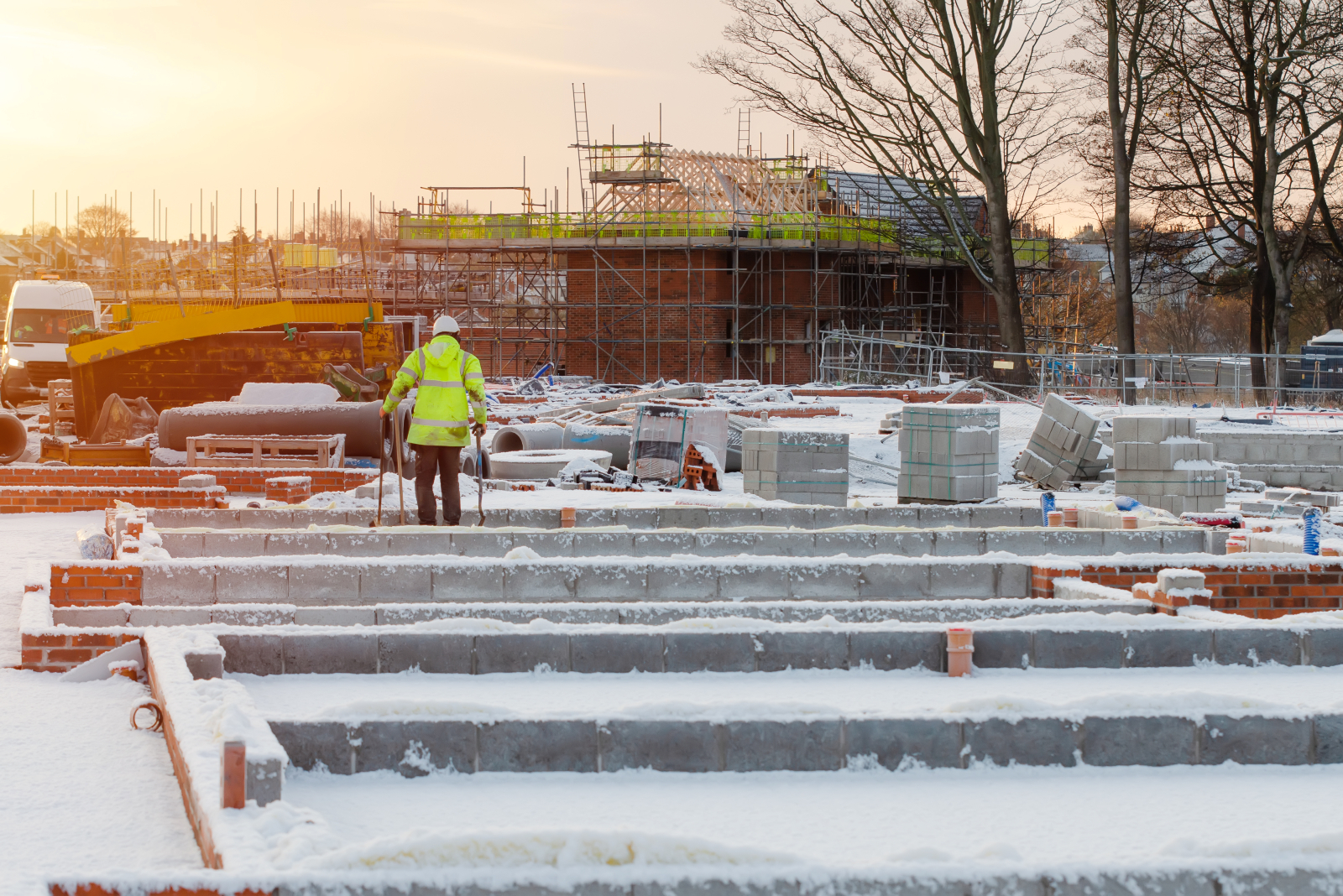
After a few chilly early mornings and, as we’re likely heading into the coldest months of the year, it’s time once again for the construction industry to brace itself against the full impact of winter.
Working outdoors in rain, snow, ice, fog or wind can be harsh, however there are practical solutions which can help ensure such work is carried out productively and that every site worker stays safe and healthy.
Take just a few minutes out of your day to read this week’s blog, where we’re sharing three strategies for weatherproofing the construction site.
1. Prioritise safety
One of the best ways to fully protect your site and the people working there is to be fully prepared for what’s coming by keeping up to date with what’s going on weather-wise.
Make it a daily habit in winter to watch the weather forecast so you can plan ahead and take appropriate action to enable your site to operate during any difficult conditions or, when necessary, close the site.
The actions you take will depend greatly on what stage of construction you’re working within and what exactly the weather brings. One example might be temporarily reducing the speed limits for construction vehicles when icy conditions are predicted.
2. Promote good health and wellbeing
Bitter conditions do not have to result in coughs, colds or other winter-induced symptoms. Avoiding ill-health starts with what you wear. While everyone should routinely be protecting their head, hands and feet with essential PPE, in the winter months, it’s advisable to go beyond the basics and layer up with some thermals, thick socks and warm gloves. Check the wear and tear of your boots and invest in a new pair where necessary. Wear an extra layer like a hard hat liner or face warmer to prevent heat loss.
In addition to what you wear, it can be helpful to adjust working practices and timescales in relation to the external conditions. If it’s really cold, for instance, taking regular short-breaks (preferably in a sheltered area with access to hot drinks and food supplies) will help workers’ keep warm, stay physically strong, be more productive and remain in high spirits.
3. Provide storage
When the temperature drops, it’s not only people who need weatherproofing. Vital (and often expensive) construction equipment as well as workers’ personal belongings can also be affected by harsh weather, reducing their lifetime value and sometimes damaging items beyond repair. So, when weatherproofing your site, make sure there are secure places for equipment and property to be stored when not in use.
Use these strategies to safeguard your site
Preparing your site for the coldest months is partly about following all the normal health and safety advice everyone in the construction industry knows like the back of their hand, but it’s also about being in a state of readiness and taking the initiative to implement changes as/when required.
Using these strategies should help but it’s also worth remembering that, while weather forecasting has become more accurate than it used to be, there’s always an element of unpredictability. So, if things change during the course of a working day, with conditions perhaps becoming harsher than expected, be ready to adapt your working programme and safeguard your site and its workers.
If you’ve got any winter weatherproofing tips, share them with us now by commenting over on our Facebook or LinkedIn pages.
06.12.2023
Feature image: Freepik








